This streetcar is painted to commemorate Los Angeles Railway (LARy). Los Angeles ran PCC streetcars from 1937 to 1963. San Diego got California’s first PCCs, beating LARy by a few weeks, but LARy got bragging rights when Shirley Temple, then America’s biggest child star, unveiled its first PCCs on March 23, 1937. Here’s a link to rare newsreel film of that event.
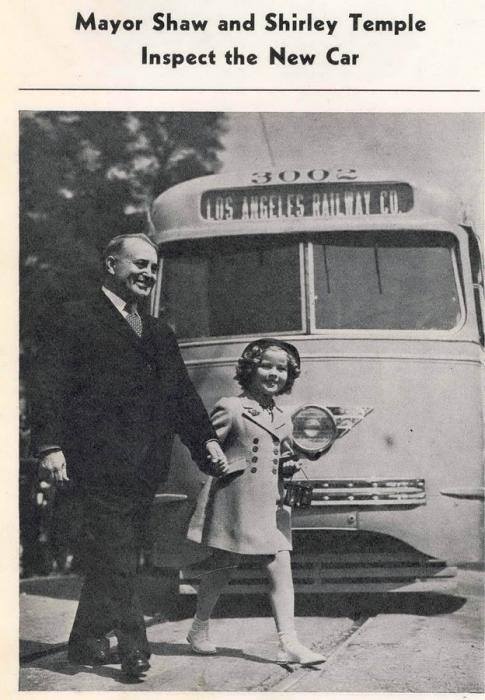
The Deco PCCs immediately caught LA’s attention, especially when compared to the spindly and odd-looking streetcars that then dominated LARy. The nascent Los Angeles Railway Company was purchased in 1898 by Henry E. Huntington, nephew of Collis P. Huntington, one of the “Big Four” magnates who built the mighty Southern Pacific Railroad, long the dominant force in California politics. Huntington built LARy into a strong urban system, with as many as 20 lines and 1,250 streetcars, largely serving central Los Angeles on narrow gauge (3’6″, same as San Francisco’s cable cars) track.
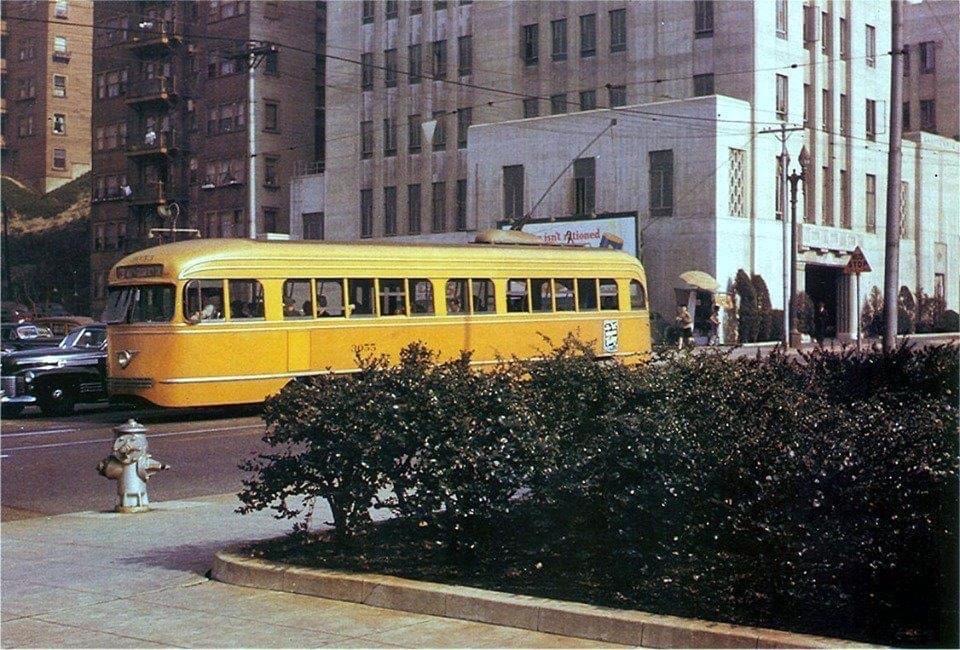
The average Angeleno knew LARy as the “Yellow Car” system, for the color of its cars. Its counterpart, Pacific Electric (PE), started by Huntington in 1901 and known as the “Red Car” system, was more of an interurban operation with a few PCCs on its line from downtown LA to Burbank and Glendale. The two-tone yellow cars had a simple livery compared to the flashy PCC paint scheme. The LARy streetcars never even carried their owner’s logo, even though the company had an attractive one.
Henry Huntington died in 1927, ten years before LARy got its first PCCs. But the seeds of the system’s future problems had already been planted, as Southern California was starting to become the most automobile-oriented place in the world. LARy did see an incredible spike in ridership during World War II, largely caused by people who already owned automobiles being forced back onto transit by gasoline and tire rationing.
At the peak of patronage, in January 1945, the Huntington estate sold LARy to the consortium of oil, tire, and bus interests managed by National City Lines (NCL). The simple two-tone yellow paint scheme gave way to the standard NCL “fruit salad” livery modeled by streetcar No. 1080, and an era in Los Angeles streetcar history ended.
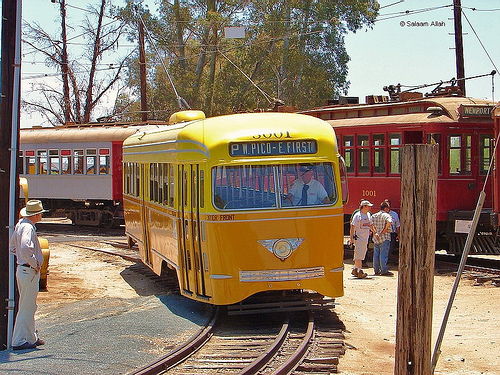
Yet, Los Angeles’ meticulously maintained narrow gauge PCCs outlasted their standard gauge PE counterparts, and even after leaving LA, many of the LARy cars soldiered on for decades more in their second home–Cairo, Egypt.
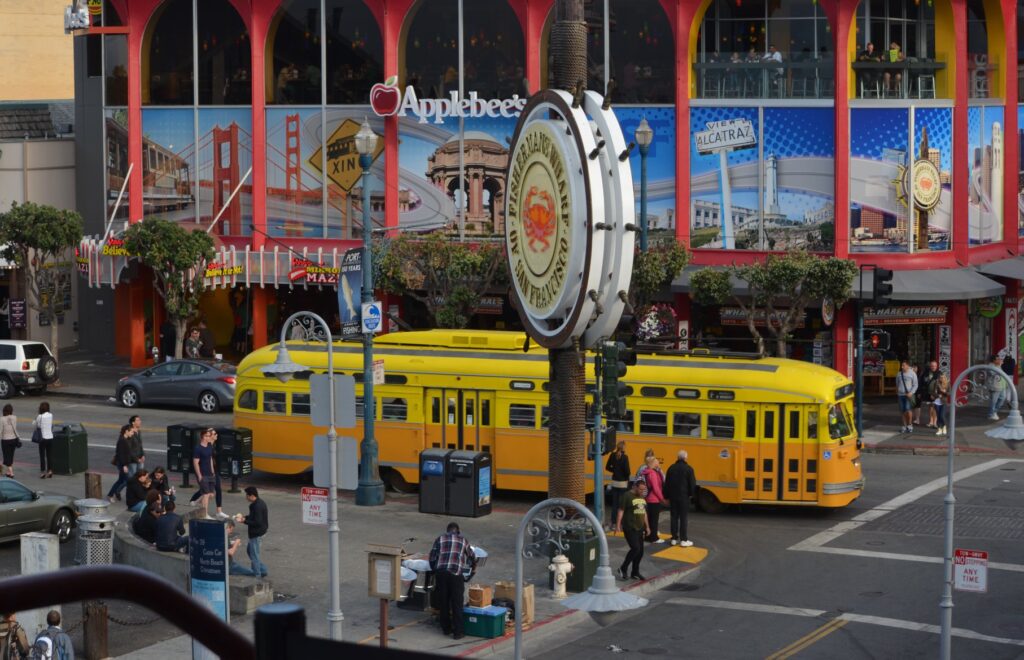
And even with his streetcar empire almost completely disappeared, Henry E. Huntington’s legacy is still extensive in Southern California, including the fabulous Huntington Library in San Marino and the city of Huntington Beach.
» Los Angeles Transit Lines No. 1080
» Pacific Electric No. 1061
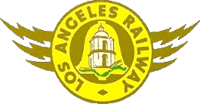 Originally built for
Originally built forPhiladelphia Transportation Company, Philadelphia PA, 1948 (as car No. 2110)
Acquired by Muni from
Southeastern Pennsylvania Transportation Authority, Philadelphia PA, 1992
Year Built
1948
Builder
St. Louis Car Co.
Modified/upgraded
1994
Restored by
Morrison-Knudsen, 1993
Seats
47
Weight
37,990 lbs.
Length
48′ 5″
Width
8′ 4″
Height
10′ 3″
Motors
4 Westinghouse 1432J
Trucks
B-2
Brakes
Electric
